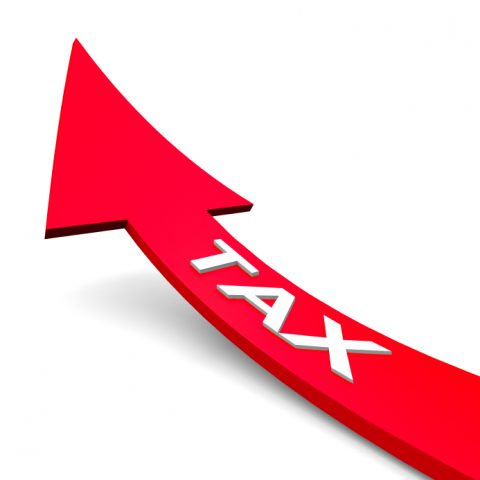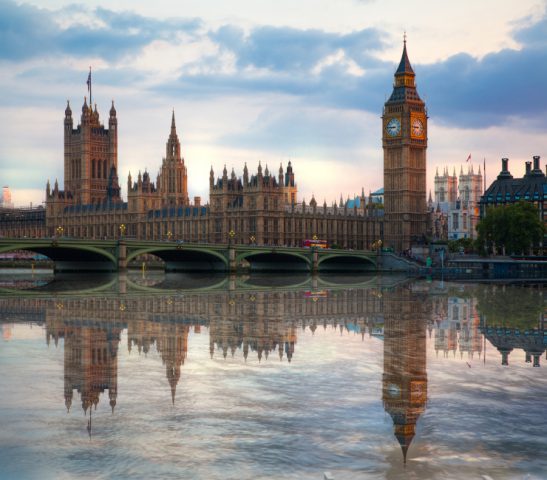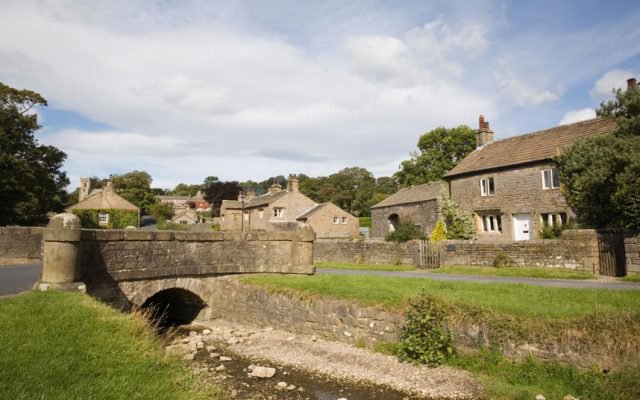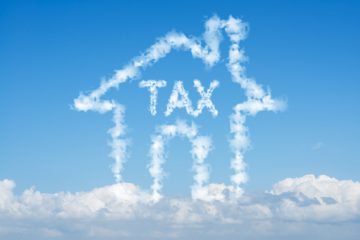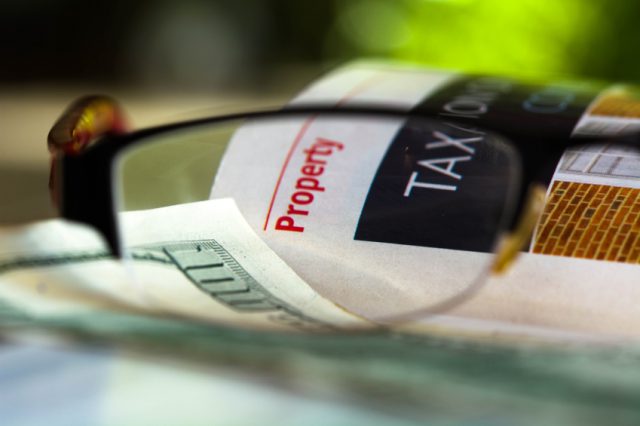Stamp duty changes to cause ‘mayhem’
A leading broker-focused conveyancing distributor has issued a warning that the upcoming increases in stamp duty for Buy-to-Let homes and second properties could cause, ‘mayhem’ earlier in the new year.
Broker Conveyancing believes that rent hikes effective from April 1st will place enormous pressure on conveyancing firms to meet the deadline over the coming months.
Changes
Those looking to purchase second homes and buy-to-let investment properties will be hit with a 3% extra stamp duty land tax at the beginning of the new tax year. This will represent a considerable increase on the amount presently paid by those in the market.
The conveyancing distributor believes that the sector’s current resources may not stretch to the demands potentially about to be placed upon them. March next year coincides with the Easter break, which is usually a very busy time for the market.
In addition, Broker Conveyancing suggests that other conveyancing firms may start to charge additional premiums on buy-to-let purchases to deal with the added pressure and to discourage too much exposure to buy-to-let business.
Slowdown
What’s more, the firm anticipates a slowdown after 1st April, which would lead to more resource issues for firms to deal with.
Harpal Singh, Managing Director of Broker Conveyancing, said, ‘while I can partly understand why the Chancellor might wish to put the brakes on buy-to-let investment, the method of increasing stamp duty land tax for these purchasers will have a huge impact on the housing market as a whole and could result in a less than smooth process and quite frankly, mayhem.’[1]
Singh believes that, ‘the four-month notice period is incredibly short and it is likely to mean a very busy time for all stakeholders, particularly the conveyancing profession who are going to be pushed by all concerned to try and complete purchases before the 31st March next year.’ He thinks, ‘this will mean serious resource issues for these firms, especially when we factor in the double whammy brought about by the timing of the Easter break next year and the fact we’re not just talking about individual investment property completions but also the entire chains that they will sit within.’[1]
Completion Issues
Mr Singh went on to say, ‘another conveyancing issue will be the ‘no completion, no fee’ deals currently on offer – if these buy-to-let and second home purchases do not complete then there is a greater likelihood of them falling through. It seems almost certain that buy-to-let conveyancing fees will rise in order to cope with this, the extra workload, and I wouldn’t be surprised to see some firms pulling back on their ‘no completion, no fee’ offers.’[1]
‘It will be apparent to all advisers that ensuring their buy-to-let clients deal with specialist conveyancing firms is an absolute necessity in order to have that chance of securing a pre-1st April completion. Finally, we have to consider the impact on the market after this deadline is passed – we are likely to see a considerable slowdown and conveyancing firms, along with many other stakeholders, could move from feast to famine. Resource and business issues will need to be managed carefully in such an environment,’ he concluded.[1)
[1] http://www.propertyreporter.co.uk/finance/stamp-duty-changes-to-cause-conveyancing-mayhem.html
